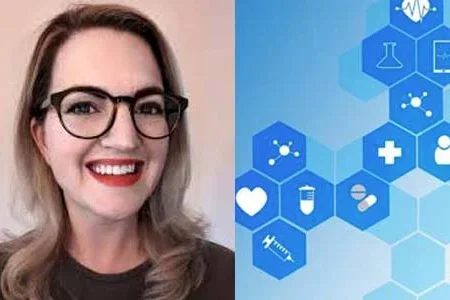Researchers use machine learning to identify patients at risk of vision loss due to diabetic retinopathy
CTSI's Omolola (Lola) Ogunyemi, PhD leads the project, which received funding from the National Library of Medicine

Vision loss due to diabetic retinopathy can lead to significant personal, health, and financial burdens for patients. However, when caught early on, the condition is not only treatable, but also reversible. In medically underserved communities like those in South LA, researchers hope to identify patients at risk of diabetic retinopathy before their condition progresses to total vision loss.
"Diabetic retinopathy is the leading cause of blindness in 20-74 year olds in the US," said project lead, Lola Ogunyemi, PhD, Interim Vice President for Research at Charles Drew University, adjunct professor of radiological sciences at David Geffen School of Medicine, and Co-Leader for the UCLA CTSI Biomedical Informatics Program. "Our project's focus was on identifying diabetic retinopathy risk in diabetic patients who had not come in for a guideline-recommended annual eye exam."
The team used artificial intelligence (AI) and machine learning (ML) to develop predictive models that could identify at-risk patients. This allowed them to strategically target health education and outreach to high-risk patients in the underserved community surrounding Charles Drew University.
The initial data pulls for the study were facilitated by the UCLA CTSI Biomedical Informatics Program under Liz Chen, MBA. Later data pulls were handled by the USC CTSI. This project was a collaboration with the Los Angeles County Department of Health Services.
To learn more on the study, view the video, Predicting Diabetic Retinopathy, featured on the National Library of Medicine's YouTube Channel.
Image source: Charles R. Drew University of Medicine and Science



